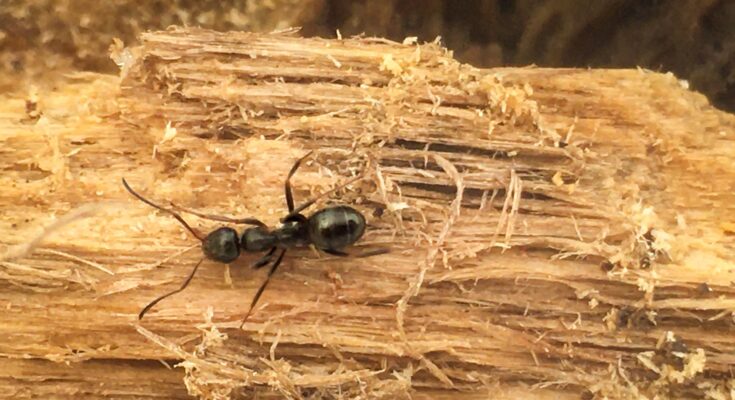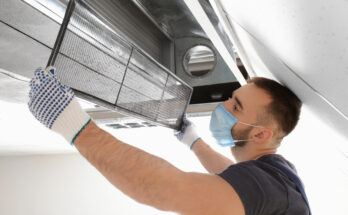Carpenter ants can be a headache to deal with. Such wood-loving pests can cause serious damage to your house when left unchecked. No matter which variety you are dealing with in your house, you must identify and tackle them properly. For pest control experts at Saela Pest, identification is key to successful extermination.
Carpenter ants tend to stand out because of their size, possibly growing to half an inch long. Identifying the variety of carpenter ants can be tricky as ants from one nest can vary in size. But you can consider other distinguishing features, apart from their physical characteristics, to identify carpenter ants.
Behavior and Habitat of Carpenter Ants
These ants prefer moist wood areas. They usually infest spaces exposed to constant leaks or moisture such as near doors, windows, and roofs. They build their nests in different wooden structures. Their common nesting sites include under bark, rotting tree stumps, or amid palm leaf petioles.
Carpenter ants are omnivorous. They attack live arthropods, feast on sweet substances such as aphids and honey, as well as scavenge for proteins. In homes, they usually feed on household foods. Understanding their behavior and habitat can help you detect signs of an infestation, ensuring effective pest control.
Signs of Carpenter Ant Activity
It is important to spot signs of a carpenter ant infestation as early as possible to prevent severe structural damage to your house. Also, this can save you both money and time. Watch out for the following signs:
- Wood structure damage. Carpenter ants cause damage to anything made of wood. Unlike termites, they don’t consume wood for nutrition. Rather, carpenter ants excavate wood to create hollowed-out galleries for nesting. The wood that they attack may show slit-like openings that the carpenter ants use to discard debris they do not need. You can discover such openings in different areas where there is moist and vulnerable wood.
- Sawdust and frass. Carpenter ants burrow into wood to expand their nesting site. So, they build piles of frass, which can contain wood particles that look like pencil shavings. It is mixed with fecal material and insect parts.
- Audible noises. Carpenter ants make crackling sounds in walls, particularly at night. This occurs as the ants gnaw at the wood. You can hear this sound if a big colony of ants is actively attacking your home’s wooden structure.
Carpenter Ant Prevention and Control
To prevent a carpenter ant infestation from happening, you should take the following steps:
- Get rid of moisture sources. Carpenter ants love moisture. To protect your house against these pests, take moisture control seriously. Check your house for leaks that lead to moisture in your house. Also, ensure proper ventilation.
- Seal access points. To keep carpenter ants out, seal all possible access points. These include gaps around windows and doors, foundation cracks, and openings around where utilities enter your home.
- Get rid of attractants. As carpenter ants are attracted to wood, limit their access to this attractant near your house. This means storing firewood away from the exterior of your and off the ground. Also, you must get rid of dead stumps and keep broken tree limbs trimmed.




